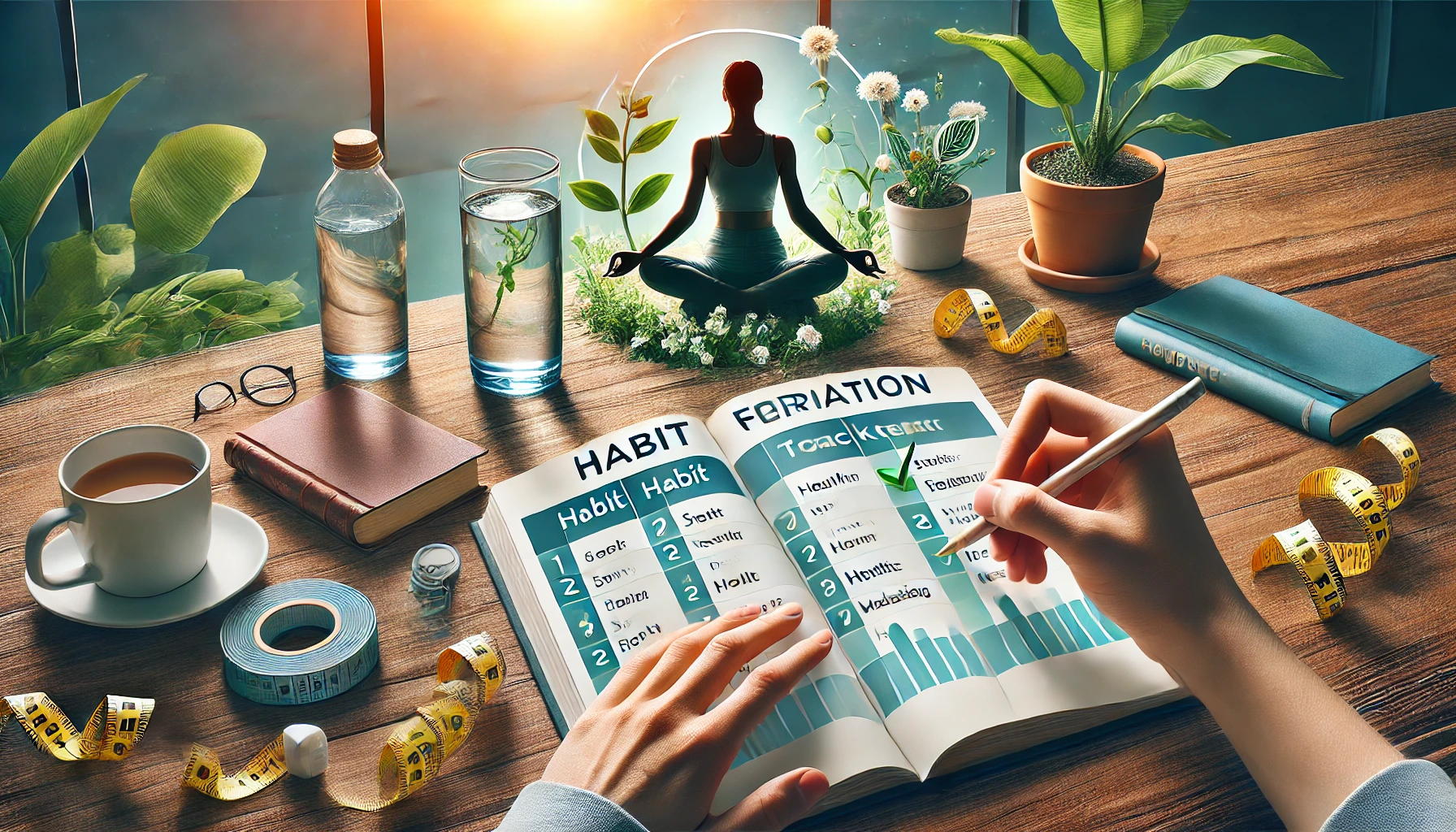Creating healthy habits is easy. Sticking to them? That’s the real challenge. Many people start with strong motivation, but after a few weeks, old patterns creep back in. Why? Because true behavior change is rooted in psychology, not willpower alone.
In this article, we’ll explore the science behind habit formation, practical strategies to build lasting healthy habits, and how to break bad ones.
1. How Habits Are Formed: The Habit Loop
According to research by MIT and Charles Duhigg, author of The Power of Habit, habits are formed through a three-step loop:
1️⃣ Cue – A trigger that initiates the habit. (e.g., waking up = brushing teeth)
2️⃣ Routine – The actual behavior. (e.g., brushing your teeth)
3️⃣ Reward – The benefit that reinforces the habit. (e.g., fresh breath)
This loop runs automatically in the brain, making habits feel effortless over time. The key to long-term change is hacking this cycle to reinforce good habits and disrupt bad ones.
2. The 21/66-Day Myth: How Long Does It Really Take?
You’ve probably heard the idea that it takes 21 days to form a habit—but that’s a myth. Studies from University College London found that on average, it takes 66 days for a habit to become automatic, depending on the complexity of the behavior.
How to Make New Habits Stick Faster:
✅ Start small (e.g., 5-minute workouts before aiming for an hour).
✅ Attach the new habit to an existing routine (e.g., meditate after brushing teeth).
✅ Be consistent—missing one day won’t ruin progress, but frequent gaps will.
3. The Power of Identity-Based Habits
Instead of just focusing on what you want to do, shift your mindset to who you want to become. This is a concept popularized by James Clear in Atomic Habits.
🚫 Instead of saying: “I need to start running.”
✅ Say: “I am a runner.”
When your identity aligns with your habits, behavior change becomes natural and sustainable.
4. Breaking Bad Habits: The Inversion of the Habit Loop
Bad habits follow the same cue-routine-reward cycle. To break them, reverse the process:
❌ Make the cue invisible – If you snack late at night, remove junk food from your house.
❌ Make the routine difficult – If you scroll on your phone before bed, place it in another room.
❌ Make the reward unsatisfying – Use accountability (e.g., telling a friend about your goal).
The harder it is to engage in a bad habit, the easier it becomes to quit.
5. The Two-Minute Rule: How to Overcome Procrastination
One of the biggest reasons habits fail is starting too big. The “Two-Minute Rule” solves this by making habits so easy that you can’t say no.
Examples:
📖 Want to read more? Start with one page per night.
🏋️ Want to work out? Do one push-up first.
🧘 Want to meditate? Breathe deeply for 10 seconds.
Once the habit is started, it’s easier to keep going. Action beats motivation.
6. The Role of Environment in Habit Formation
Your surroundings shape your habits more than you think. Small environmental tweaks can automate good behaviors.
Examples of Habit-Boosting Environments:
🍎 Want to eat healthier? Keep fruits visible on the counter.
👟 Want to exercise more? Lay out workout clothes the night before.
📚 Want to read more? Place books where you relax instead of your phone.
By designing your space intentionally, you make good habits effortless.
7. Tracking Progress: The Power of Habit Streaks
Tracking habits reinforces progress and builds momentum. The “Don’t Break the Chain” method, popularized by Jerry Seinfeld, is a simple way to stay consistent.
How to Track Habits Effectively:
✅ Use a habit-tracking app or a simple checklist.
✅ Celebrate small wins to stay motivated.
✅ If you miss a day, never miss twice—consistency is key.
8. The Secret to Long-Term Success: Habit Stacking
Habit stacking is a powerful strategy where you attach a new habit to an existing one.
🔹 “After I wake up, I will drink a glass of water.”
🔹 “After I finish lunch, I will go for a 5-minute walk.”
🔹 “After brushing my teeth, I will do 10 squats.”
By linking habits to established routines, they integrate seamlessly into your day.
Final Thoughts
Building a healthier lifestyle isn’t about extreme changes—it’s about small, consistent actions that compound over time. By understanding the science of habits, using the right strategies, and making small adjustments, you can create lasting positive changes in your life.
Start today. Your future self will thank you. 🚀
